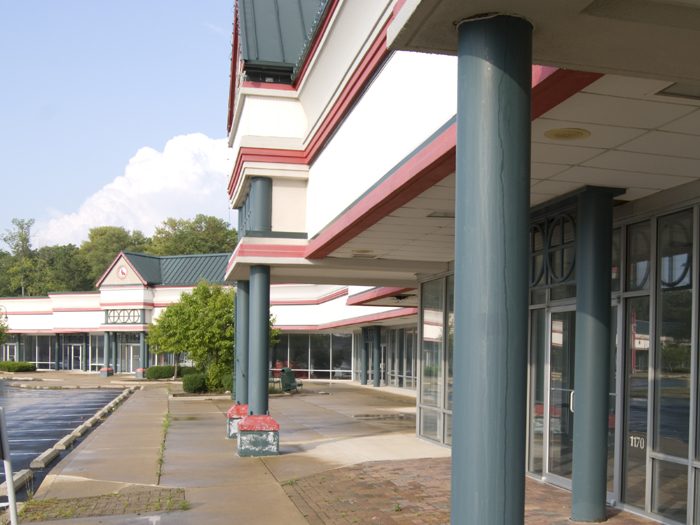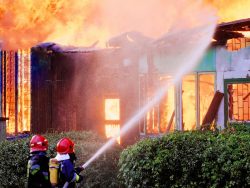7 Critical Issues Facing the Commercial Real Estate Industry

Mall vacancies are a top critical issue facing commercial property owners.
Watch footage of the raging flood waters that so badly damaged Ellicott City, Md., in May and you have some indication of the climate change-induced threats that await commercial real estate investors and their properties. What follows is a list of seven critical issues facing the commercial real estate industry, which includes flood and rising seas.
1) Environmental
One of the most gratifying trends for urban dwellers and developers in recent decades has been the conversion of former industrial sites to mixed-use retail. The highly successful SouthSide Works built on the site of a former steel mill in Homestead, Pa., is one such example. But these types of projects can come with looming environmental risks.
Soil, sediment and groundwater contamination can be difficult risks to mediate and problems can surface years after the ink has dried on the real estate contract.
2) Tenants
A commercial property owner ended up in a dispute with its insurer after tenants took liberties with their space. An illegal marijuana-growing operation resulted in removed walls, holes cut in the roof, added HVAC work and gas lines. There was also extensive damage to walls, ceilings and floors due to prolonged exposure to moisture in the farming operation.
Other tenant hazards in commercial property ownership include additional illegal drug manufacturing operations for say, methamphetamine production, and fires or environmental pollution caused by tenant activity.
3) Vacant Buildings
With brick-and-mortar retail under horrendous pressure from online selling operations, there are entire swaths of formerly thriving malls that are lying vacant, hopefully awaiting reuse, but presenting major liability exposures in the meantime.
Empty properties invite vandalism, theft and can serve as backdrops for other criminal activities, from illegal dumping to robberies, assaults and drug dealing. Vacant malls aren’t the only hazard, the trend of young urbanites exploring abandoned buildings and taking photographs or painting murals in them leads to liability concerns for the property owner should those explorers die or be injured.
4) Flood/Sea Surge
Residents of Miami and Norfolk, Va., know it well. Rising seas are increasing the risk of flooding in some of our major cities.
Owners of commercial buildings are hurrying to purchase defenses, such as inflatable flood barriers, or relocating expensive heating and cooling equipment from the basement to higher floors.
But what we have seen so far, even with the devastation of Super Storm Sandy, is sure to pale in significance to what we can expect in future years. The warming planet will push sea levels higher and higher and result in more intense storms, causing even more run off, such as that which severely damaged Ellicott City, Md. in May, 2018.
5) Hail
Far from being an event that just damages crops or pounds unprotected cars in port city parking lots, hail also exacts a toll on commercial buildings, particularly their roofs. Hail results in total property damage of more than $1 billion per year.
6) Fire
Fires in commercial properties cost property owners billions annually, and there are new fire threats emerging for commercial property owners all of the time.
The risks of fire from lithium ion batteries and from overheating data centers are two new risks related to technological advancements that commercial property owners need to worry about.
7) M&A
The contingent liabilities in commercial property transactions are a risk that carry a high premium cost but may be candidates for prudent risk transfer. Contractor’s liens and legal actions from prior or current tenants are among the liabilities that may need to be vetted to determine if a commercial property transaction is worth undertaking. &











